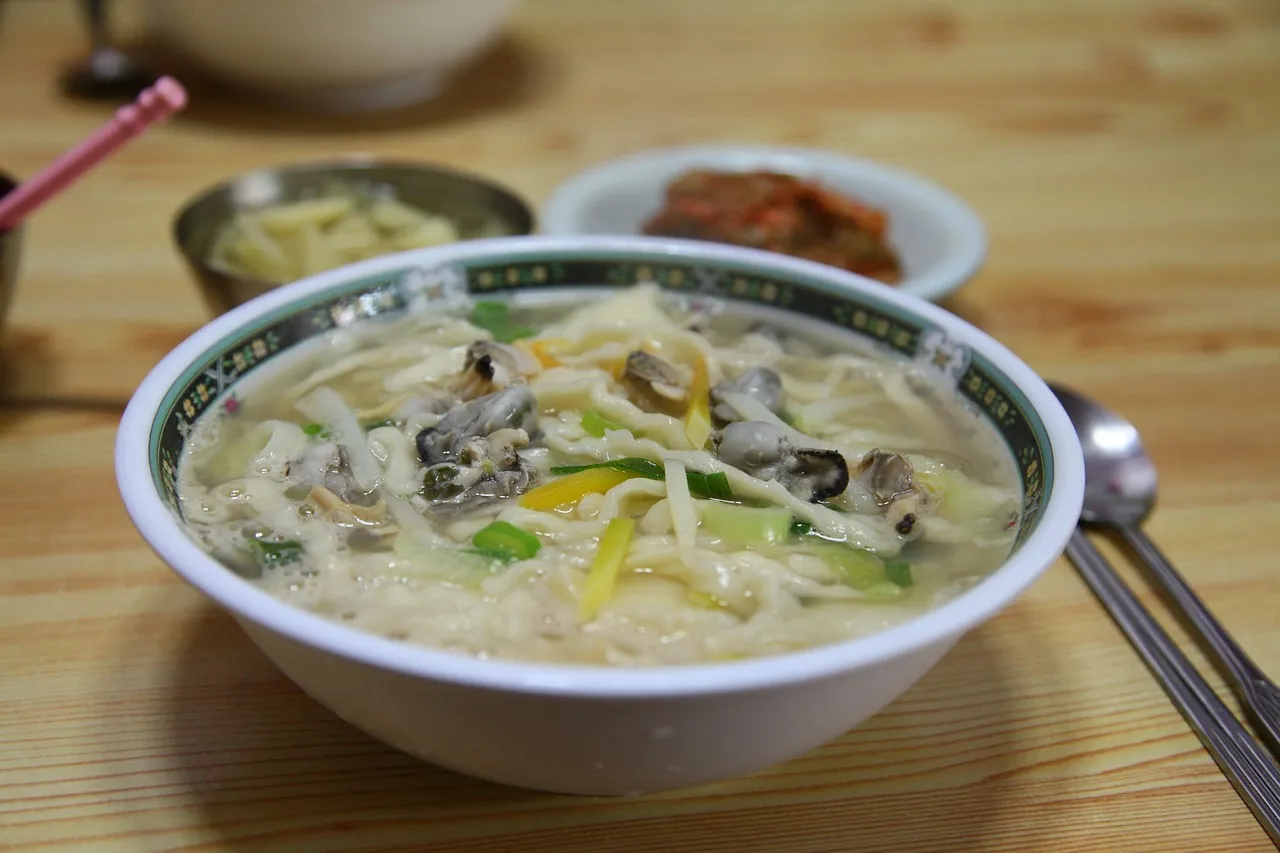“칼국수”는 영어로 “Knife-Cut Noodles”로 번역됩니다. 이 표현은 전통적인 한국 면 요리로, 면이 손으로 잘려져 만들어진다는 특징이 있습니다.
“칼국수”를 영어로 표현하는 방법
- Knife-Cut Noodles (칼로 자른 면)
- Korean Knife Noodles (한국식 칼국수)
- Hand-Cut Noodles (손으로 자른 면)
1. Knife-Cut Noodles
“Knife-Cut Noodles”는 면발이 두껍고 쫄깃하며, 일반적으로 국물과 함께 제공됩니다.
- “Knife-cut noodles are often served in a rich, flavorful broth.” (칼국수는 풍부하고 맛있는 국물과 함께 제공되는 경우가 많습니다.)
- “Many people enjoy knife-cut noodles with a variety of toppings, such as vegetables and seafood.” (많은 사람들은 칼국수를 채소와 해산물 같은 다양한 토핑과 함께 즐깁니다.)
2. Korean Knife Noodles
“Korean Knife Noodles”는 한국에서 유래한 전통적인 면 요리를 강조하는 표현입니다.
- “Korean knife noodles are a popular comfort food during the winter months.” (한국의 칼국수는 겨울철에 인기 있는 편안한 음식입니다.)
- “You can find Korean knife noodles in many Korean restaurants worldwide.” (전 세계 많은 한국 식당에서 한국식 칼국수를 찾을 수 있습니다.)
3. Hand-Cut Noodles
“Hand-Cut Noodles”는 면이 손으로 직접 자른다는 점을 강조하는 표현입니다.
- “Hand-cut noodles add a unique texture to the dish.” (손으로 자른 면은 요리에 독특한 식감을 더합니다.)
- “The process of making hand-cut noodles requires skill and practice.” (손으로 자른 면을 만드는 과정은 기술과 연습이 필요합니다.)
“칼국수”는 여러 영어 표현으로 번역될 수 있으며, “Knife-Cut Noodles,” “Korean Knife Noodles,” 그리고 “Hand-Cut Noodles” 등이 자주 사용되는 표현입니다.













Leave a Reply